In this presentation, you will be presented with fifteen different archaeological finds in the order of their relevance in history. The fifteen following items will be showcased: the Jesus boat, Siloam pool, Herod's tomb, Pontius Pilate Inscription, ossuary of Caiaphas, winter palaces at Jericho, Masada, Burned House, Qumran, Corinth, Ephesus, Megiddo Prison mosaic, John the Baptist carvings, Caesarea, and Jewish Quarter of Jerusalem.
New Testament Archaeology Map
The below entries are fifteen carefully selected items that have been found in the field of archaeology that relate to New Testament passages. Prepare to enter the world of the New Testament and the archaeological finds that have helped shed light on the mysteries and controversies held inside.
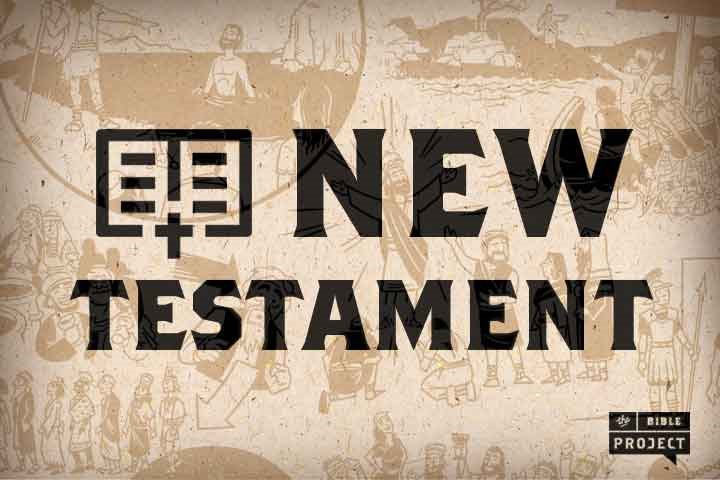
The FINDS
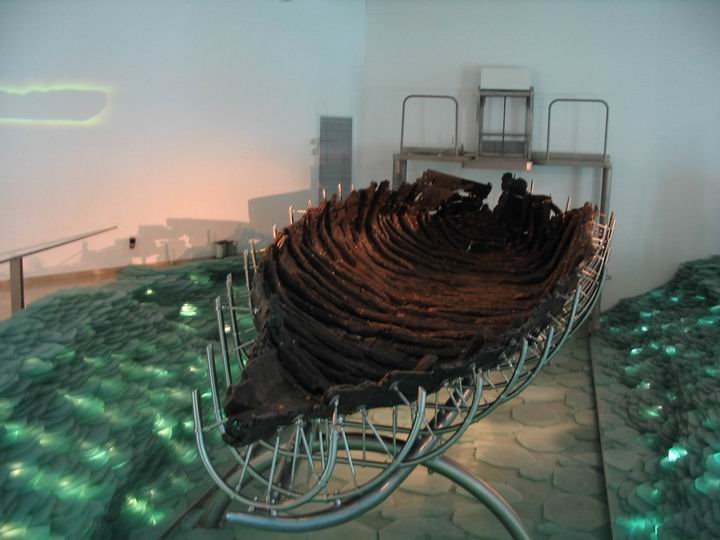
The Jesus (Galilee) Boat remains (140 B.C.-A.D. 40)
In January 1986, two brothers were meandering the shores of the receded Sea of Galilee after their tractor had become stuck in the mud. While searching for artifacts they discovered a buried intact hull of a ship. The brothers were eventually led to ask the Department of Antiquities for assistance. The excavation of the "Jesus" Boat, as it was being advertised, soon began with expected curiosity from the commoners and the archaeological community alike. With the utmost of care, the boat was transported to a nearby museum where it underwent special treatment and care to regain its form. The boat; which likely resembles ones that Jesus and his disciples would have used to fish, travel, or preach; is now on display for all to see at the Yigal Allon Museum and represents a significant find in the field of biblical archaeology.
Sources
https://www-baslibrary-org.ezproxy.unwsp.edu/biblical-archaeology-review/14/5/1
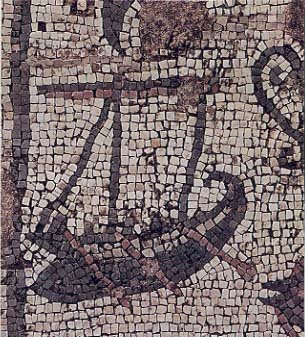
Mosaic of a boat that once sailed the Sea of Galilee
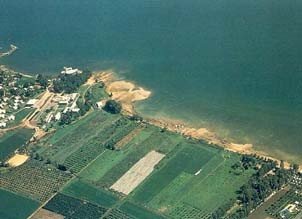
The Sea of Galilee
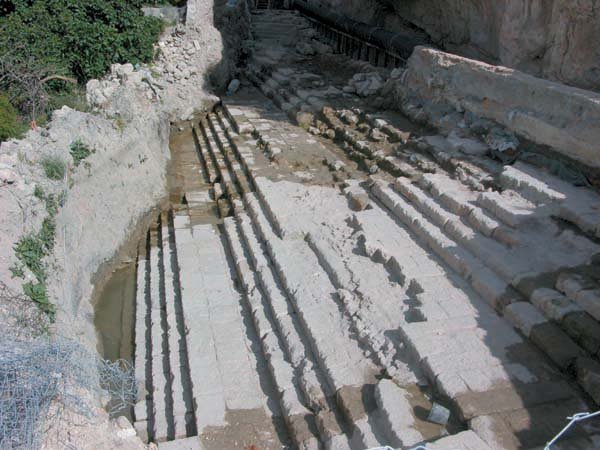
The excavated steps of the Siloam pool (1st century B.C.)
In II Kings 20, it is recorded that King Hezekiah built a tunnel leading to the Siloam pool. While we may not know where that pool is, archaeologists believe they may have found the pool at which Jesus told the blind man to wash and see or, at the least, a pool from around that time (John 9:7). In June 2004, Ronny Reich and Eli Shukron stumbled upon some steps while supervising an operation to repair a pipe just south of where Hezekiah's tunnel begins. The pipe-repairing operation was quickly ceased and archaeologists were called in to begin the work of excavating what is pictured to the left. The pool itself is important because it may begin to bring to light the purpose of the pool; otherwise, it is an amazing visual of what a bath like the Siloam pool would have been like in the days of Jesus.
Sources
https://www-baslibrary-org.ezproxy.unwsp.edu/biblical-archaeology-review/31/5/2
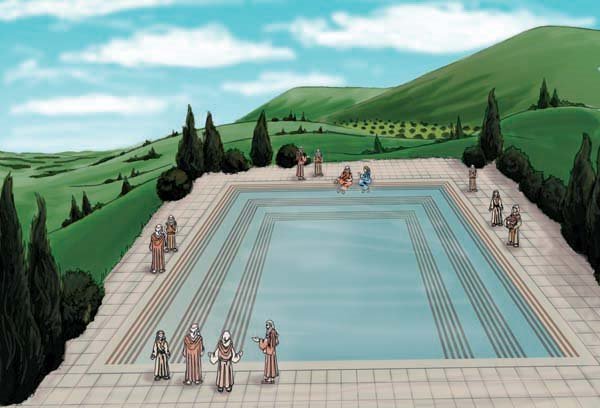
Artist's renditions of the Pool of Siloam
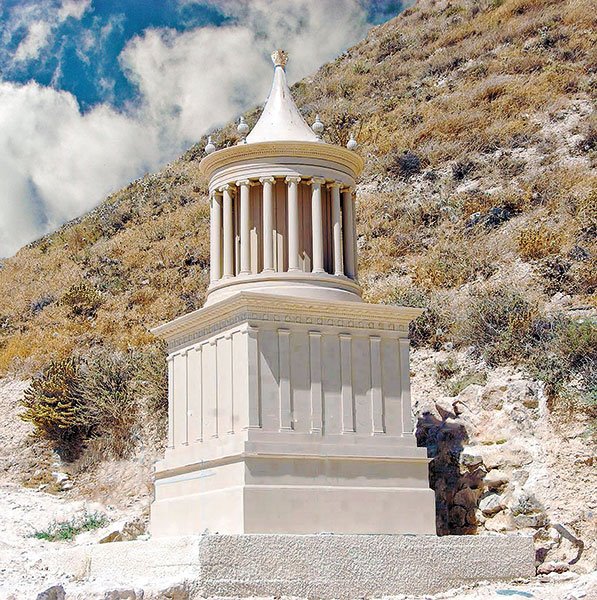
Reconstruction of Herod's Mausoleum (4 B.C.)

Geographical location of Herodium
Herod the Great built many extravagant sites to flaunt the wealth and power he possessed. One of those sites, Herodium, holds particular importance. The Jewish historian Josephus records that Herod the Great was buried in Herodium. Along the grand stairway leading to the upper palace in Herodium. Archaeologists discovered the base of a Mausoleum that they attribute to being Herod's tomb. The tomb had been mostly ravaged, but archaeologists did manage to find shards of sarcophagi that they believe would have belonged to Herod the Great. Though Herod the Great is mentioned in many other historical documents his burial place still remains a mystery, a mystery which the Bible gives no allusion to.
Sources
https://www-baslibrary-org.ezproxy.unwsp.edu/biblical-archaeology-review/40/3/4
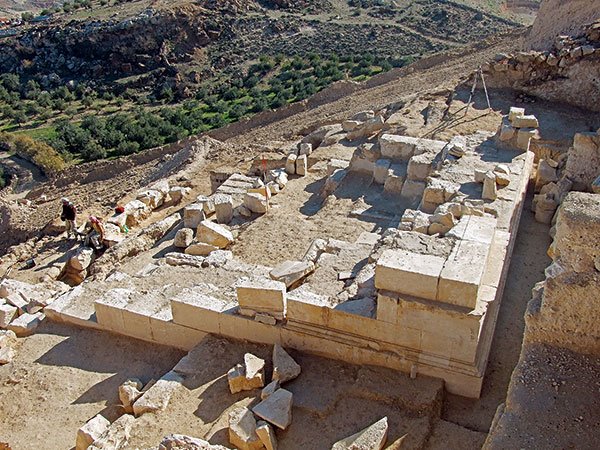
The remains of the original mausoleum
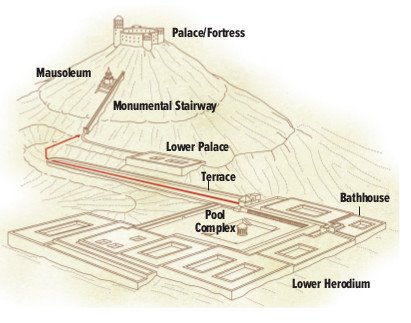
Map of Herodium
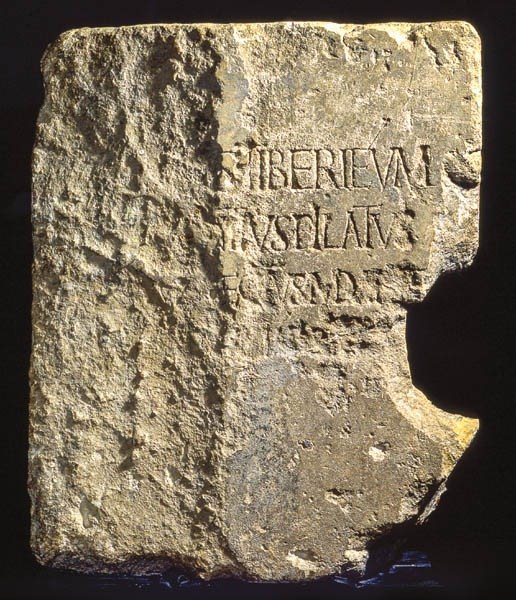
Pontius Pilate Inscription (A.D. 30)
In Caesarea, a Latin inscription was found displaying the name Pontius Pilate, until the inscription's discovery, there were no mentions of Pontius Pilate besides the Bible. Not only did this inscription confirm Pilate's existence, it also confirmed that he was prefect over Judea and was able to administer trial and justice just as he did for Jesus (John 18:29-40). Inscription's like these are always amazing finds in the field of archaeology especially in the Roman world.
Sources
https://www-baslibrary-org.ezproxy.unwsp.edu/biblical-archaeology-review/43/4/4
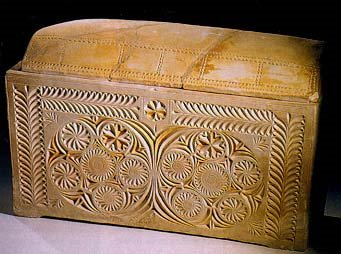
The ossuary that contained the bones of members of Caiaphas' family (A.D. 34)
Another figure from Jesus trial that had little extra-biblical evidence to support his existence was Caiaphas. Caiaphas was the high priest at the time and was the second to see Jesus after he was captured (John 18:14). While digging a construction crew had broken through the ceiling of an old Necropolis. The Israel Antiquity Authority was called in to do the excavating and ran across many strewn ossuaries. The excavators were fortunate enough to find two untouched ossuaries that happened to belong to Caiaphas and his family. This was an amazing find considering the nearly two thousand year old box was mostly unharmed, and its contents were those of a person of importance.
Sources
https://www-baslibrary-org.ezproxy.unwsp.edu/biblical-archaeology-review/27/5/17
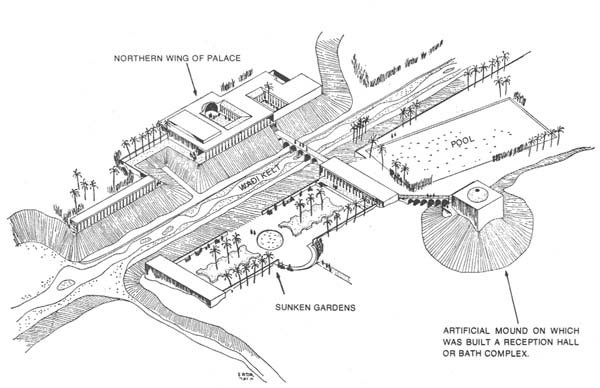
Map of the Winter Palace at Jericho (37 B.C.-A.D. 70)

